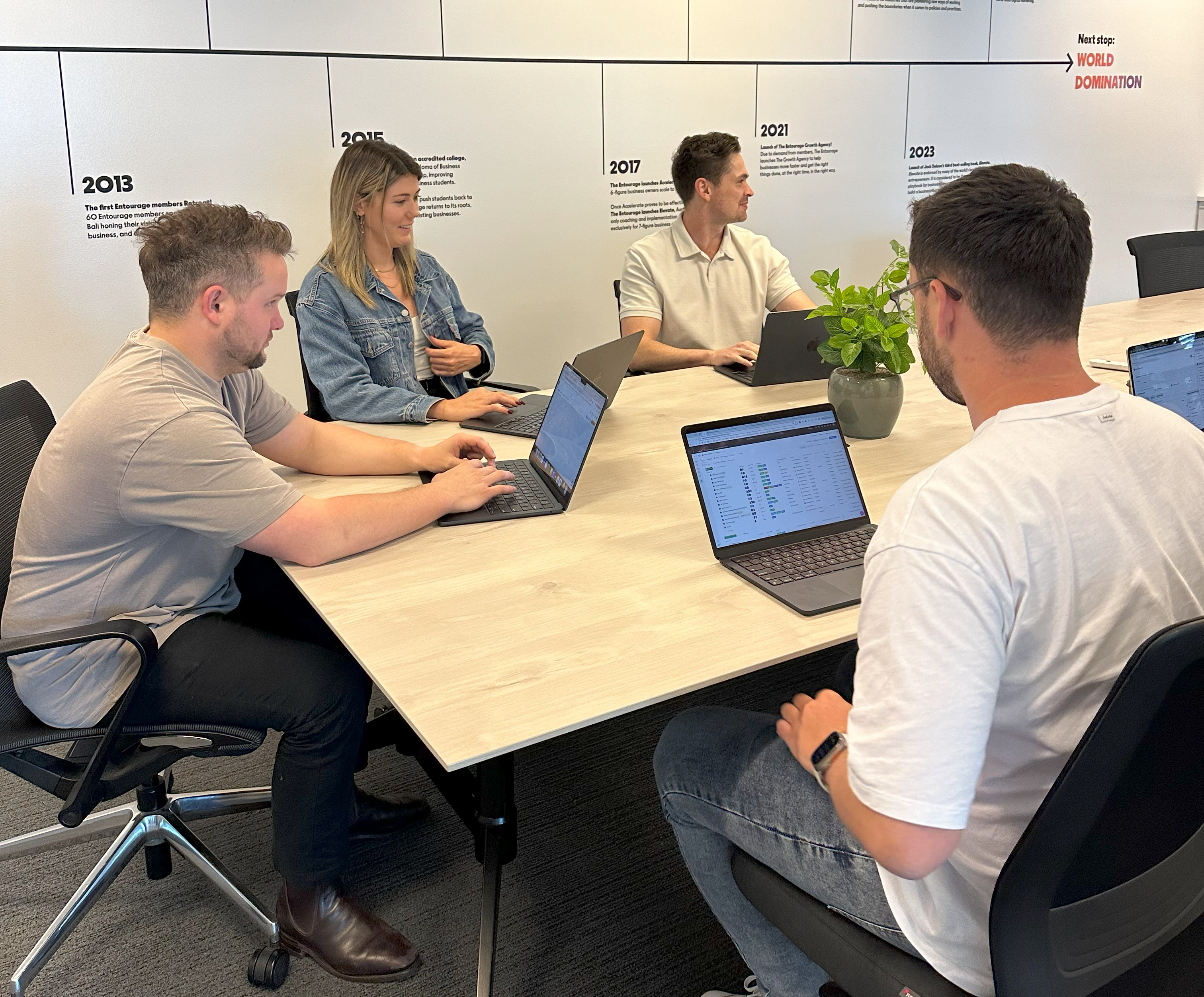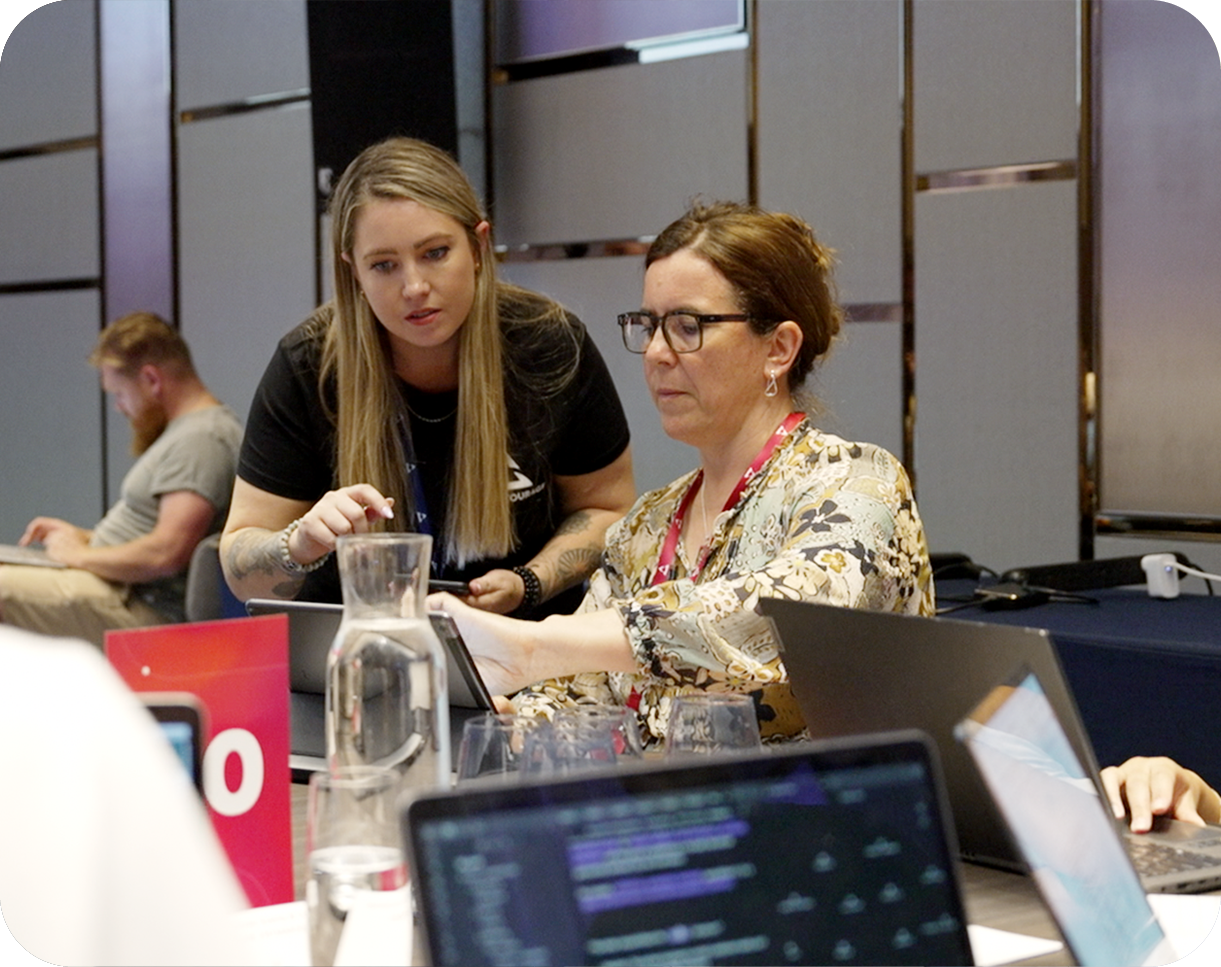Launching a business often begins with inspiration and a clear idea. Turning that idea into something sustainable and growth-driven takes more than motivation. It calls for a foundation of smart financial decisions, particularly when it comes to funding. Choosing the right financial path early on can influence how a business scales, adapts, and survives in shifting conditions. Instead of reacting to each financial hurdle as it arises, a deliberate funding strategy helps set the tone for long-term resilience. Whether building a tech platform, opening a service-based venture, or developing a physical product, the kind of funding an entrepreneur pursues will shape the business's future.
Identify Where You Are and Where You’re Headed
The first step in any meaningful funding strategy is clarity. Before seeking capital, an entrepreneur must assess the current phase of the business and the destination in mind. Is it a startup still validating its product? Or is it a growing operation scaling into new markets? Financial needs evolve, and so does the suitability of different funding methods. Some funding is tailored for early development and experimentation, while others work better once revenue is already flowing. With a solid understanding of the business’s stage and ambition, entrepreneurs like you can more confidently explore your funding paths, weighing the fit between options like bootstrapping, angel investment, crowdfunding, or revenue-based financing. Each has its pros, risks, and implications on control and expectations. Instead of chasing hype or common trends, the focus should be on alignment: matching the funding source to the business’s unique growth trajectory.
Prepare Your Financial Story
Investors and lenders don’t just look at numbers, they read a narrative. This narrative must be built on consistency, credibility, and thoughtful projections. Financials aren’t about perfection; they’re about preparation. A complete financial picture includes current cash flow, burn rate, customer acquisition cost, and future revenue estimates. These figures should not live in isolation. They must connect to how the business creates value, serves its market, and differentiates itself.
When building a funding plan, clear documentation is key. Lenders want to see risk mitigation. Investors want growth potential. That means explaining why revenue will increase, how expenses will scale, and where money will go. This story helps potential funders trust that the entrepreneur has done the work, not just to get money, but to use it effectively.
Build Relationships Before You Need the Money
Good funding often flows from strong relationships. Entrepreneurs benefit from starting conversations with investors, banks, grant bodies, and advisors long before any formal ask. These early dialogues open the door to advice, feedback, and eventual trust. By connecting early, founders gain insights that can improve their pitch or point them toward more appropriate funding sources.
Rather than showing up with a one-time request, entrepreneurs who invest time into networking create familiarity. That familiarity can evolve into trust, something far more valuable than an unsolicited pitch. Relationship-building isn’t about attending every event or forcing connections. It’s about consistency. Responding to feedback. Sharing updates. Asking thoughtful questions. When the time comes to raise funds, the conversation becomes a continuation, not a cold call.
Understand the Tradeoffs Beyond the Money
All funding comes with terms. Equity deals mean giving up a slice of the business and possibly ceding some control. Loans may preserve ownership but bring the burden of repayment. Grants avoid both equity and debt but often involve restrictions, monitoring, and reporting. These tradeoffs can affect business operations, decision-making, and long-term flexibility.
It’s not just about what the money does now, but how it shapes the future. Equity may open doors to networks, mentorship, and strategic input, but it usually comes with expectations for exit or significant growth. Debt may offer privacy and autonomy but limit cash flow if repayments are high. Some entrepreneurs regret their funding choices not because they chose poorly, but because they didn’t fully understand what came attached.
Build for Repeatability and Scalability
Short-term funding may solve today’s problem, but sustainable funding supports tomorrow’s expansion. Founders should consider whether their funding plan allows for systems that scale. That includes staffing, technology, supply chains, and marketing efforts. If a business can only survive with constant injections of new money, it’s not funding-ready, it’s crisis-prone.
Creating a repeatable and scalable model means building internal structures that work without constant overhaul. This could involve automation, training, hiring practices, or vendor relationships. It might involve shifting from project-based income to recurring revenue. Funders, especially those looking at long-term involvement, want to see that a business doesn’t need rescuing every six months.
Track, Measure, and Adjust
Once funding is in place, the work isn’t over, it’s only just begun. Every dollar raised must be tracked, measured, and justified. This isn’t just to satisfy lenders or investors. It’s to understand what’s working, what’s not, and how each financial decision affects business outcomes. Setting up simple systems to measure return on investment, cash burn, customer growth, and operating margins can reveal where the money actually makes a difference.
Businesses evolve. What made sense a year ago may need to change today. By keeping a close eye on key metrics, entrepreneurs can adjust spending, reframe their pitch, or restructure their funding strategy. Too many businesses focus only on the raise, getting the money in the door, and lose momentum once it’s secured.
Long-term entrepreneurial growth requires more than just securing capital, it requires knowing what kind of capital fits, when to pursue it, and how to use it. Funding becomes a tool, not a lifeline, and the business becomes stronger, more adaptable, and ready to grow with intention.
Related Categories
Ryan Terrey
As Director of Marketing at The Entourage, Ryan Terrey is primarily focused on driving growth for companies through lead generation strategies. With a strong background in SEO/SEM, PPC and CRO from working in Sympli and InfoTrack, Ryan not only helps The Entourage brand grow and reach our target audience through campaigns that are creative, insightful and analytically driven, but also that of our 6, 7 and 8 figure members' audiences too.





